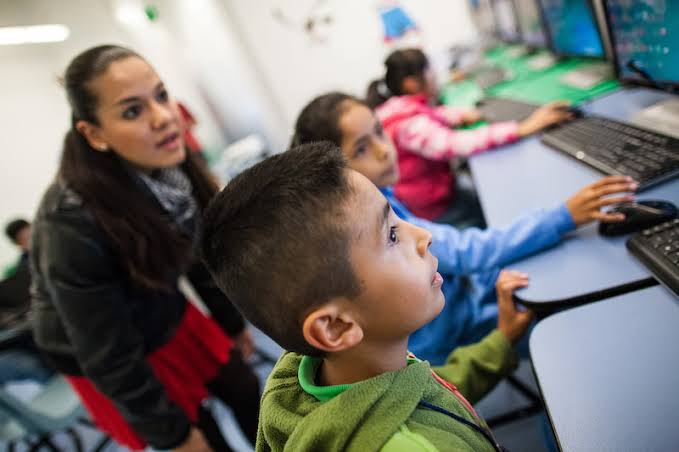“Technology is just a tool in terms of getting the kids working together & motivating them, the teacher is the most important.” ~ Bill Gates.
The word unprecedented has been used a lot about 2020. It is due to the fact that we have never seen the scale of and intensity of disruptions to life as we had seen on the level that has occurred this year. One area that has been hit hard has been education; schools are shut down for the most part across the globe and overnight a lot of teachers have had to jump on the online teaching bandwagon to enable that their students continue to learn.
Due to this, a lot of teachers are tired of their laptops or phones at this moment and are experiencing Zoom fatigue.
I do want to attempt to convince you to change your minds and see technology for the tool that it is to aid your meeting your instructional goals and stimulate student learning.
Here are my 3 tips to facilitate your gaining the benefits of virtual classroom technology:
1) Save your lessons (record them) your lessons and share them with your fellow educators
As stated above, technology is a tool and it can be utilized to help us save and enhance what we do in the classroom. Save your work (lesson plans, assignments, tests etc) in the cloud- use Google drive or other such resources (there are lots of them free)
A trick that works for me is creating a series of activity steps in a document and then creating a template from this with brief activity descriptions. Leave the content of the activities section blank and fill them for various lessons.
Create a WhatsApp brainstorming group. One of the best lessons that I have learned in my over 20 years as an educator is that when you are assembled as a team- ideas flow better and everyone gains. The best teaching occurred at the schools where we shared our best practices with each other- either via department or together across various subjects.
2) Be deliberate about tracking student engagement and then keep working on improving it
I like to look for the bright side of things ever since my coach in College told me that I should work on looking at the glass as half full not half empty.
I see the virtual classroom as an opportunity to track how often students contribute hopefully the students’ sessions are recorded. This provides powerful opportunities to track student engagement.
This is where technology shines, it enables educators to review the rate of student contributions and review the videos to get students specific statements rather than relying on memory. This eliminates bias.
It also provides the prospect for educators to recognize whether students have completed their work, how well they grasp it, Using this information would greatly improve teaching practices, student engagement and student learning.
3) Set up clear results and gauge student progress
This is a time to connect our expectations of our students with targeted outcomes.
With technology, you can provide your rubric right next to the assignment for the students to see what you desire for them to achieve. You can create and save a a point-based evaluative scale; duplicate that rubric on every assessment of the outcome (e.g., in a class poll and in an assignment); record the numerical score; and average those scores to determine a final grade.
Doing this requires deliberate work but it can be done. Just setup a simple system of assessing outcomes by choosing a manageable number of outcomes, writing a rubric for each one, and using a spreadsheet or a gradebook to track the scores.
Technology is your friend, not your enemy. Embrace it educator, for you are teaching in UNPRECENDENTED TIMES.
Adetola Salau; Global Educator / International Speaker / Author/ Social Entrepreneur/ Innovative Thinker/Future Readiness Advocate/ STEM Certified Trainer
She is an Advocate of STEM Education and is Passionate about Education reform. She is an innovative thinker and strives for our society & continent as a whole to reclaim its greatness.
E-mail-:[email protected]
twitter-: @Stemproft
Website-: http://adetolasalau.com/

 Latest3 days ago
Latest3 days ago
 Latest5 days ago
Latest5 days ago
 News2 days ago
News2 days ago
 Energy6 days ago
Energy6 days ago
 Latest4 days ago
Latest4 days ago
 Comments and Issues6 days ago
Comments and Issues6 days ago
 Business6 days ago
Business6 days ago
 Business6 days ago
Business6 days ago

